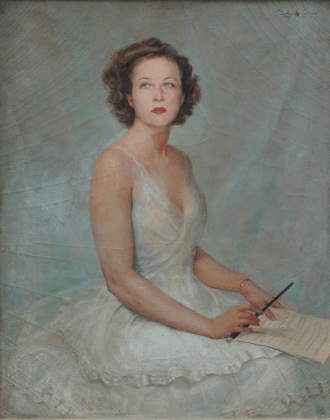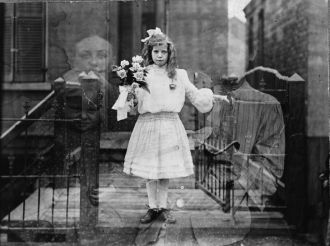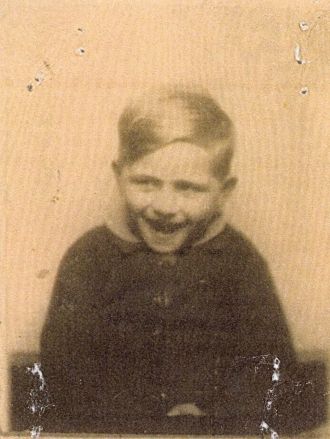Séraphine Mayer and Frederique Petrides
A photo of Frederique Petrides with her Mother, Séraphine Sebrechts Mayer
People in photo include: Seraphine Sebrechts Mayer
People in photo include: Seraphine Sebrechts Mayer
Date & Place:


 Amanda S. Stevenson
Amanda S. Stevenson 





